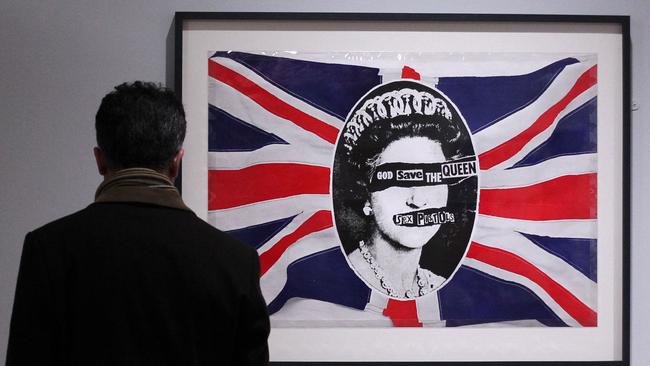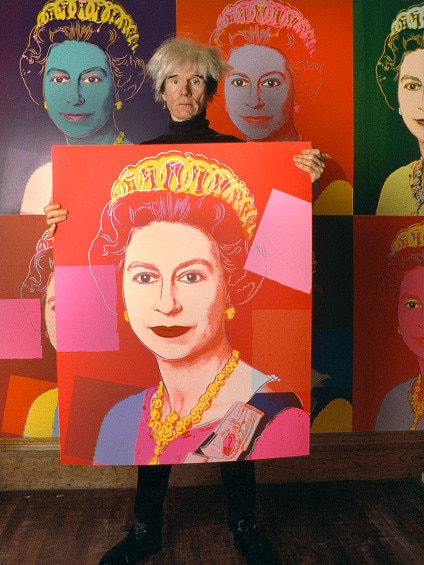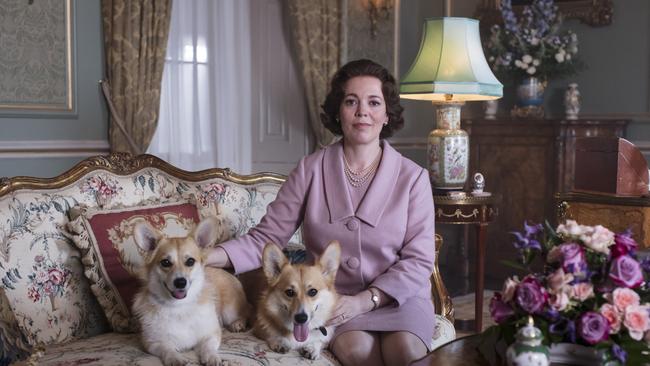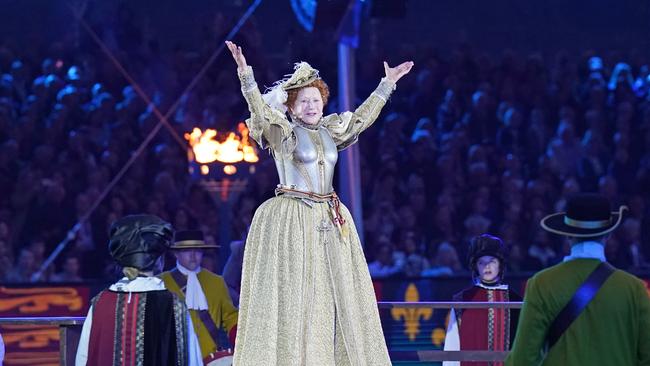Queen Elizabeth II: Farewell to a cultural icon
Britain’s longest-reigning monarch was not so much a patron of the creative class as fodder for it, becoming in the process a living work of historical art.

Elizabeth II was not like Louis XIV of France or her ancestor George III. Louis built a palace at Versailles, and George, though he mislaid America, laid the foundations of what is now the Royal Collection, which, at more than a million objects of fine and decorative art, counts as the world’s greatest private art collection.
Elizabeth brought no masterpieces into existence; she was more interested in breeding racehorses than in collecting or commissioning. Instead, she achieved something harder and rarer. She became a cultural icon in her own lifetime, a living work of historical art.
That image, like her status, was multifaceted. It accumulated slowly through duty, diligence and the multiplication of modern media. Born in 1926, a year before The Jazz Singer inaugurated the talkies, at her death Elizabeth had her own Twitter account and had starred in skits with other symbols of an eternal England: James Bond, who, like royalty, also spends much of his time in formal attire, as well as Paddington Bear.
Elizabeth’s coronation in 1953 was the first to be commemorated in colour photography. Cecil Beaton’s official photograph was oversaturated like a Hollywood still, but the pose and composition were those of Renaissance portraiture. The liberty and license of the 1960s loosened both manners and style. “Her Majesty is a pretty nice girl / But she doesn’t have a lot to say,” Paul McCartney sang on the Beatles’ album Abbey Road in 1969, noting that “she changes from day to day”.


Her Majesty, of course, knew the less she said, the more she stood out as a symbol of permanence in a changing world. The royal family are accomplished performers, but they struggled to control their image, even if her sister Princess Margaret’s husband, photographer Antony Armstrong-Jones, Lord Snowdon, was taking the official portraits and the holiday snaps too.
In 1954, Pietro Annigoni painted the young Queen in proud profile, cloak lifted by the breeze. In 1969, Annigoni’s second portrait of Elizabeth placed her head-on and almost defiant, her cloak armouring her against a dark sky. The official imagery of 1977’s silver jubilee is now eclipsed by its punk counter-image. Jamie Reid’s anti-tribute God Save the Queen dehumanised her by placing the first line of the national anthem over her eyes and “Sex Pistols” over her mouth, written in blackmail lettering. More sophisticated indignities were inflicted in 2001 when Lucian Freud miniaturised her on a 24cm by 15.2cm canvas, showing her only from the neck up and with the puffy beige cheeks of one of her corgis.

The longer Elizabeth lived, the more various the images became, and the more their running commentary wove her into the fabric of our common imagination. The inevitable accolade was a star spot in Andy Warhol’s cheeky but reverential Reigning Queens (1985). But the official image cracked in the 1990s with the public collapse of Charles and Diana’s marriage.
After Diana’s death in 1997, the Queen was slow to acknowledge the depth of the British public’s grief. In Justin Mortimer’s oil portrait The Queen (1997), Elizabeth’s throne has shrunk to a black oblong. Her pixelated green dress is leaking into the banana-yellow field, and a finger-like run of yellow almost separates her head from her body.

But the royal reputation bounced back quickly, not least through Helen Mirren’s sympathetic portrayal of Elizabeth in the days following Diana’s death in Stephen Frears’s 2006 film The Queen. Its scriptwriter, Peter Morgan, then wrote the multi-season The Crown, with Claire Foy as the young Elizabeth and Olivia Colman as the mother of a family and a nation.
It was now impossible to tell the real from the iconic, which is just as it should be with monarchy. For the opening ceremonies of the 2012 London Olympics, Elizabeth and James Bond (Daniel Craig) helicoptered across central London at rooftop level to the theme from The Dam Busters, then parachuted into the Olympic Stadium to his theme tune, rather than her anthem. We forget that James Bond is not a real person, but we know Elizabeth was, even if we also know that it was a body double who made that parachute jump.

The apotheosis of Elizabeth’s artful blending of monarchy’s message into the frantic democracy of modern media is Chris Levine’s Lightness of Being (2007). In 2004, the Jersey Heritage Trust commissioned a holographic portrait to mark the island’s 800th year of allegiance to the Crown. Levine lowered the blinds in the Yellow Room of Buckingham Palace, lit some incense sticks and asked Elizabeth to meditate on a crucifix. He took more than 10,000 images and, as the lights were tiring her eyes, advised her to rest them between shots. Three years later, he noticed that he had caught her, eyes closed. She looks as she was: human, mystical, leonine, intimate and entirely unknowable.

To join the conversation, please log in. Don't have an account? Register
Join the conversation, you are commenting as Logout